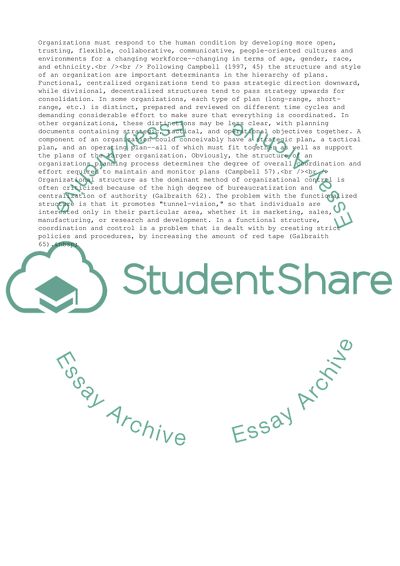Cite this document
(The Benefits of the Organizational Structure Case Study, n.d.)
The Benefits of the Organizational Structure Case Study. https://studentshare.org/management/1711701-school-of-management
The Benefits of the Organizational Structure Case Study. https://studentshare.org/management/1711701-school-of-management
(The Benefits of the Organizational Structure Case Study)
The Benefits of the Organizational Structure Case Study. https://studentshare.org/management/1711701-school-of-management.
The Benefits of the Organizational Structure Case Study. https://studentshare.org/management/1711701-school-of-management.
“The Benefits of the Organizational Structure Case Study”. https://studentshare.org/management/1711701-school-of-management.


